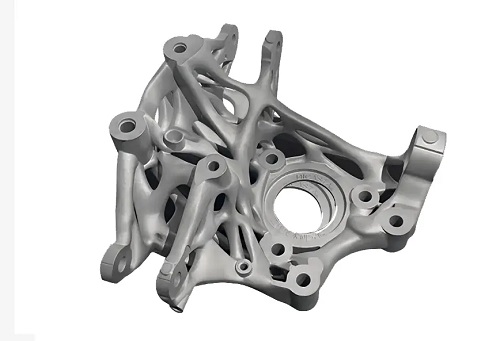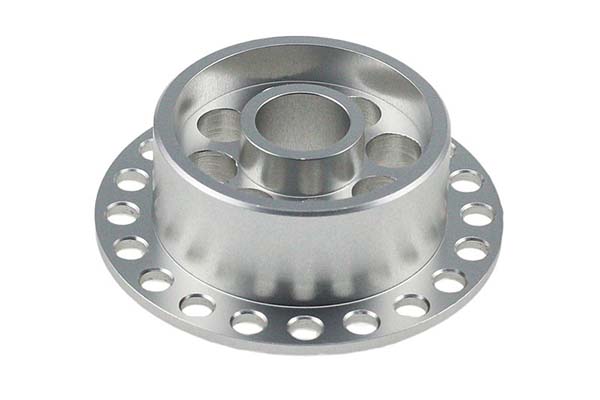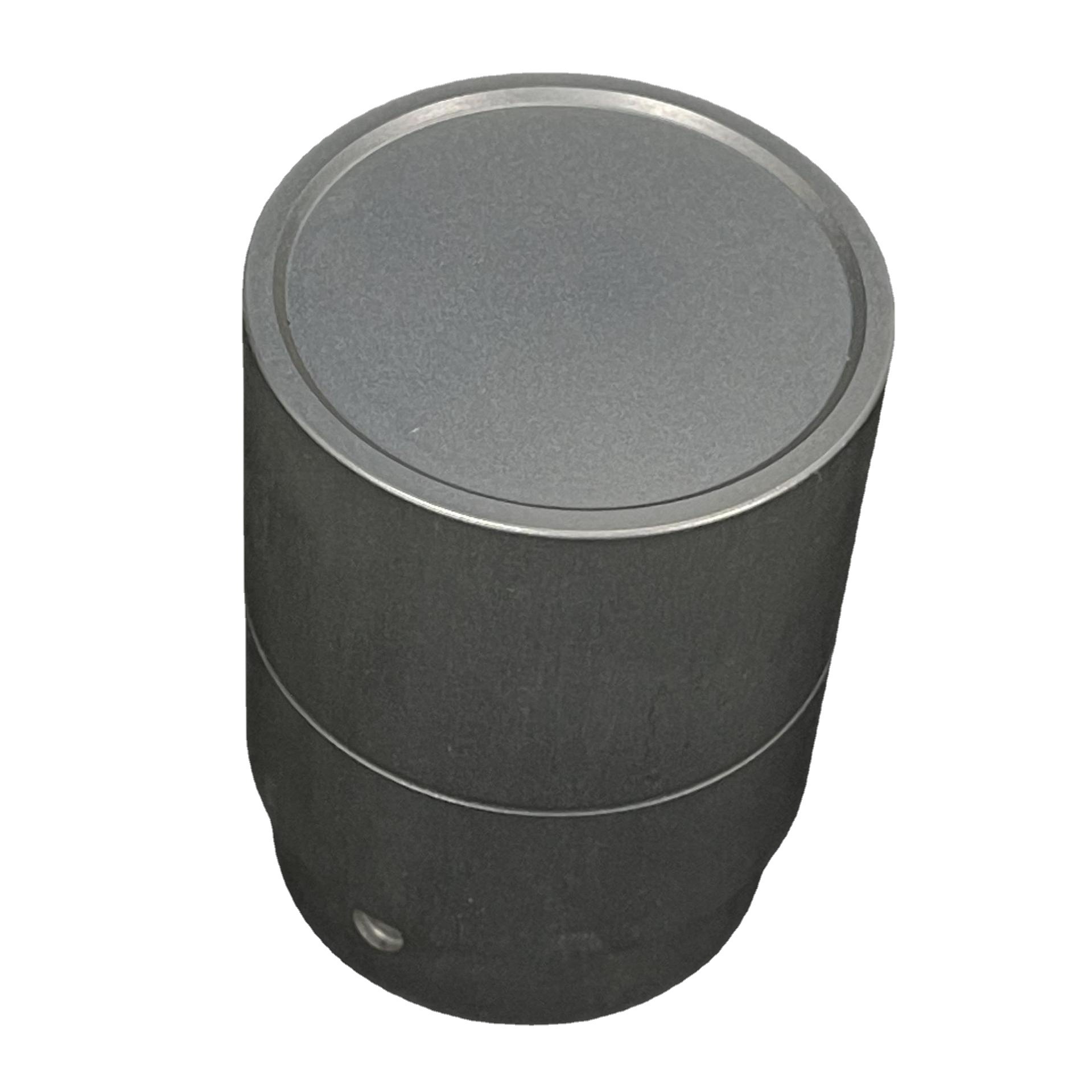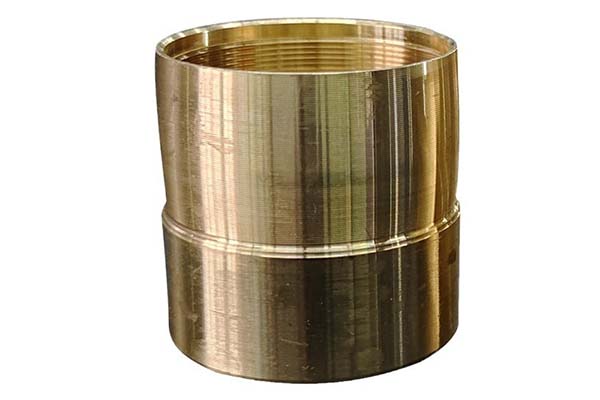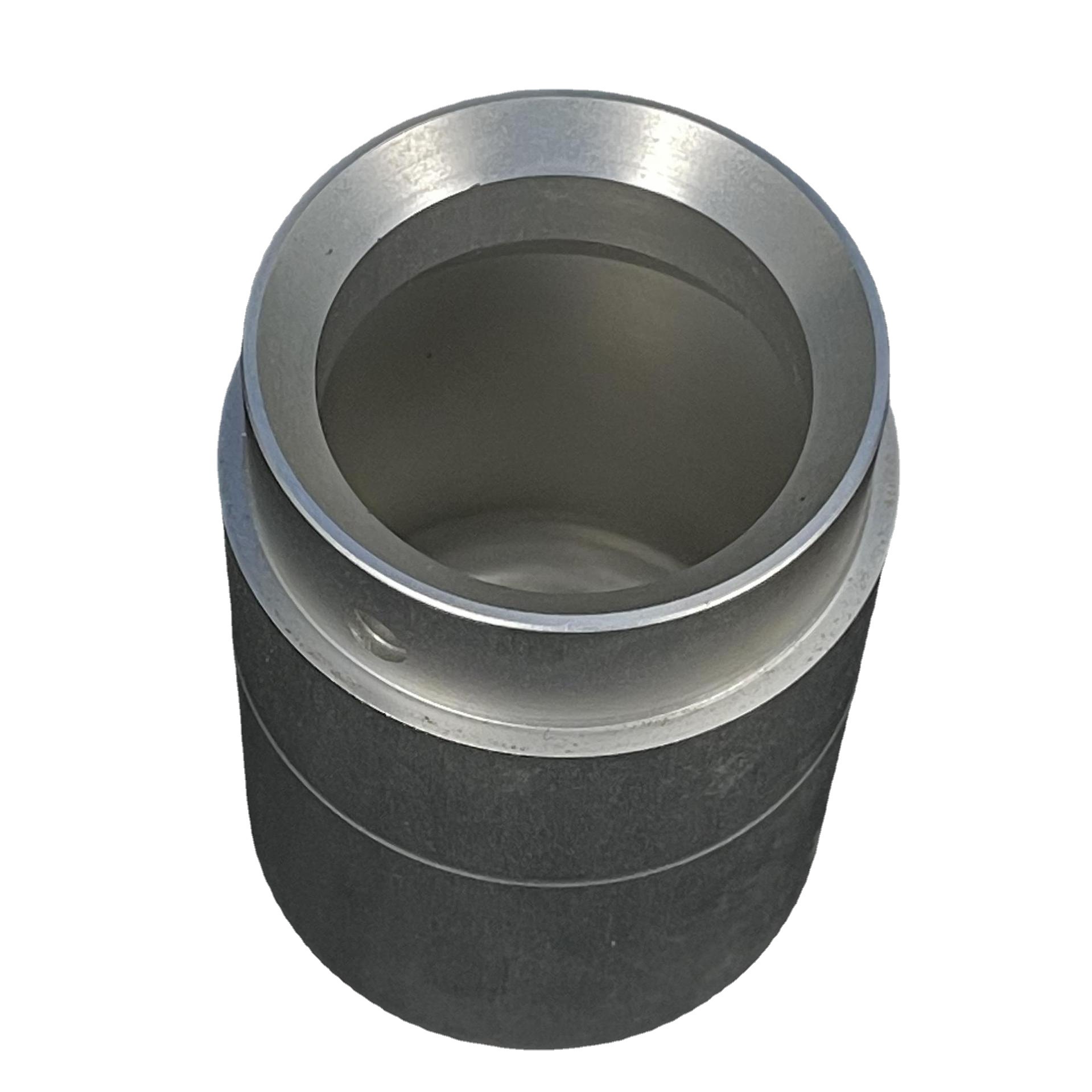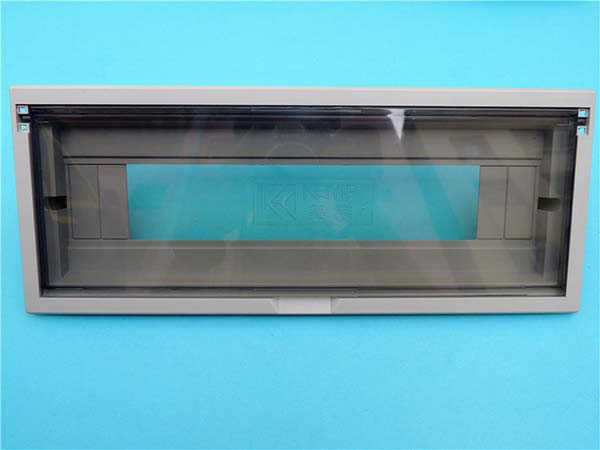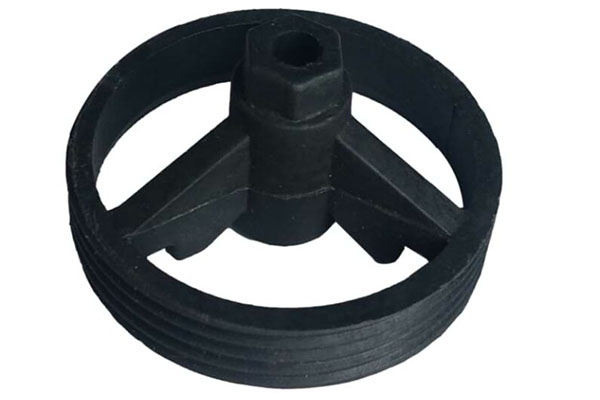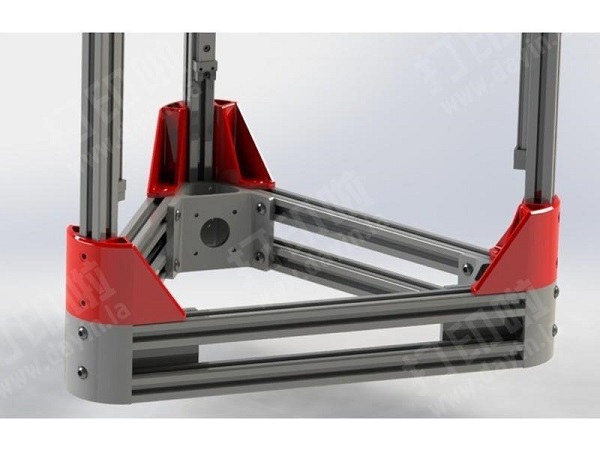Introduction to Additive Manufacturing
Additive manufacturing, commonly known as 3D printing, has emerged as a revolutionary technology that is reshaping the manufacturing industry. Unlike traditional subtractive manufacturing methods, which involve removing material from a larger block to form the desired shape, additive manufacturing builds objects layer by layer based on a digital design. This technology offers numerous advantages, including greater design flexibility, reduced waste, and the ability to create complex geometries that would be costly or impossible to achieve using conventional manufacturing methods. As a result, additive manufacturing is driving innovation and enhancing efficiency across industries such as aerospace, automotive, medical, and consumer goods.
Definition and Principles
Additive manufacturing refers to the process of creating three-dimensional objects by adding material layer by layer, based on a digital model. The design process begins with the creation of a 3D model using computer-aided design (CAD) software. This digital model is then sliced into thin horizontal layers. A 3D printer reads these slices and constructs the object by depositing material in layers, gradually building it from the bottom up.
There are several types of additive manufacturing technologies, including:
- Fused Deposition Modeling (FDM): A method that melts and extrudes thermoplastic filament to build an object layer by layer.
- Stereolithography (SLA): A process that uses ultraviolet light to cure resin in precise layers, creating detailed and smooth objects.
- Selective Laser Sintering (SLS): A technique where a laser is used to sinter powdered material, binding it together to form a solid structure.
Each of these methods utilizes different materials and processes but follows the same fundamental principle of layer-by-layer construction.
Comparison with Traditional Manufacturing
Subtractive Manufacturing
Traditional manufacturing methods, often referred to as subtractive manufacturing, involve removing material from a solid block to achieve the desired shape. Techniques such as milling, drilling, and turning are common in this category. While effective for mass production, subtractive manufacturing generates significant waste, as material is discarded during the process. Moreover, traditional methods can be limited by the capabilities of the machinery, which restricts the complexity of the shapes that can be produced.
Differences and Advantages
In contrast, additive manufacturing offers several key advantages over traditional methods:
- Greater Design Flexibility: Additive manufacturing allows the creation of complex shapes, internal structures, and intricate details that would be difficult or impossible to achieve using subtractive techniques.
- Reduced Waste: Since additive manufacturing only uses the material necessary to build the object, waste is minimized, making it a more environmentally sustainable option.
- Rapid Prototyping: 3D printing enables companies to quickly produce prototypes, speeding up the design and testing process and reducing the time-to-market for new products.
Advantages of 3D Printing in Manufacturing
Design Flexibility
One of the most notable advantages of 3D printing is its design flexibility. With traditional manufacturing methods, complex geometries often require intricate molds, tools, or processes. In contrast, 3D printing allows engineers and designers to create objects with unique shapes, internal structures, and customized features. This freedom enables the production of innovative products and solutions that would be unfeasible or prohibitively expensive to create through conventional means.
Material Efficiency
3D printing is inherently more material-efficient than subtractive manufacturing. Since only the necessary amount of material is deposited, waste is minimized. This efficiency reduces material costs and makes additive manufacturing a more sustainable option. Furthermore, many 3D printing processes support a wide range of materials, from plastics and metals to ceramics and even bio-based substances, allowing for a broad spectrum of applications.
Cost Reduction in Prototyping
Traditional prototyping methods can be time-consuming and costly, involving multiple iterations and tooling changes. With 3D printing, companies can produce functional prototypes quickly and at a fraction of the cost. This rapid prototyping capability accelerates the product development cycle, enabling faster iteration and innovation, which leads to shorter time-to-market for new products.
Applications of 3D Printing
Aerospace Industry
In aerospace, 3D printing is transforming the design and manufacturing of lightweight, high-performance components. The ability to create complex geometries without the need for molds or tools is particularly advantageous in this sector, where weight reduction is crucial for fuel efficiency. For example, GE Aviation has successfully used 3D printing to produce fuel nozzles for their LEAP jet engine, achieving significant weight savings and enhanced performance.
Automotive Sector
The automotive industry is another sector benefiting from additive manufacturing. Car manufacturers use 3D printing for prototyping, custom parts, and even full vehicle production. For example, Ford has employed 3D printing to create prototype components for testing and production, cutting lead times and production costs. Additionally, 3D printing allows for the creation of customized automotive parts, improving vehicle performance and offering consumers more personalized options.
Medical Field
In the medical field, 3D printing has revolutionized patient care by enabling the creation of custom prosthetics, implants, and even bioprinted tissues. 3D printing allows for the production of patient-specific implants that perfectly fit a patient's anatomy, resulting in better outcomes and faster recovery times. In addition, during emergencies like the COVID-19 pandemic, 3D printing has facilitated the rapid production of critical medical devices, such as ventilators and face shields, providing essential supplies when traditional manufacturing processes could not meet demand.
Consumer Goods
The consumer goods industry is also benefiting from the flexibility of 3D printing. Companies can use the technology to produce customized products, ranging from footwear and eyewear to home décor and electronics. For instance, Nike has used 3D printing to produce shoes that offer a personalized fit and performance. Moreover, 3D printing supports the creation of limited-edition and bespoke products, allowing brands to cater to niche markets and differentiate themselves in the competitive consumer goods space.
Conclusion
Additive manufacturing through 3D printing is revolutionizing modern manufacturing processes by offering greater design flexibility, material efficiency, and cost reduction. The technology is transforming industries such as aerospace, automotive, medical, and consumer goods, enabling the creation of innovative products and solutions. As 3D printing technology continues to advance, its potential to further disrupt traditional manufacturing methods and drive efficiency will only increase, paving the way for new possibilities in product design, production, and supply chain management.
FAQs
Q1: What are the main types of additive manufacturing?
A1: The main types of additive manufacturing include Fused Deposition Modeling (FDM), Stereolithography (SLA), Selective Laser Sintering (SLS), Electron Beam Melting (EBM), and Direct Metal Laser Sintering (DMLS). Each type utilizes different materials and processes but shares the common principle of building objects layer by layer.
Q2: How does 3D printing reduce waste in manufacturing?
A2: 3D printing reduces waste by using only the material necessary to build an object. Unlike subtractive manufacturing, where excess material is removed from a larger block, additive manufacturing deposits material only where needed, minimizing waste and enhancing material efficiency.
Q3: Can 3D printing be used for mass production?
A3: While traditionally used for prototyping and low-volume production, advances in 3D printing technology are making it increasingly viable for mass production. Companies like HP and Stratasys are developing industrial-grade 3D printers capable of producing high-quality parts at scale. However, the suitability of 3D printing for mass production depends on factors such as part complexity, material requirements, and production speed.
